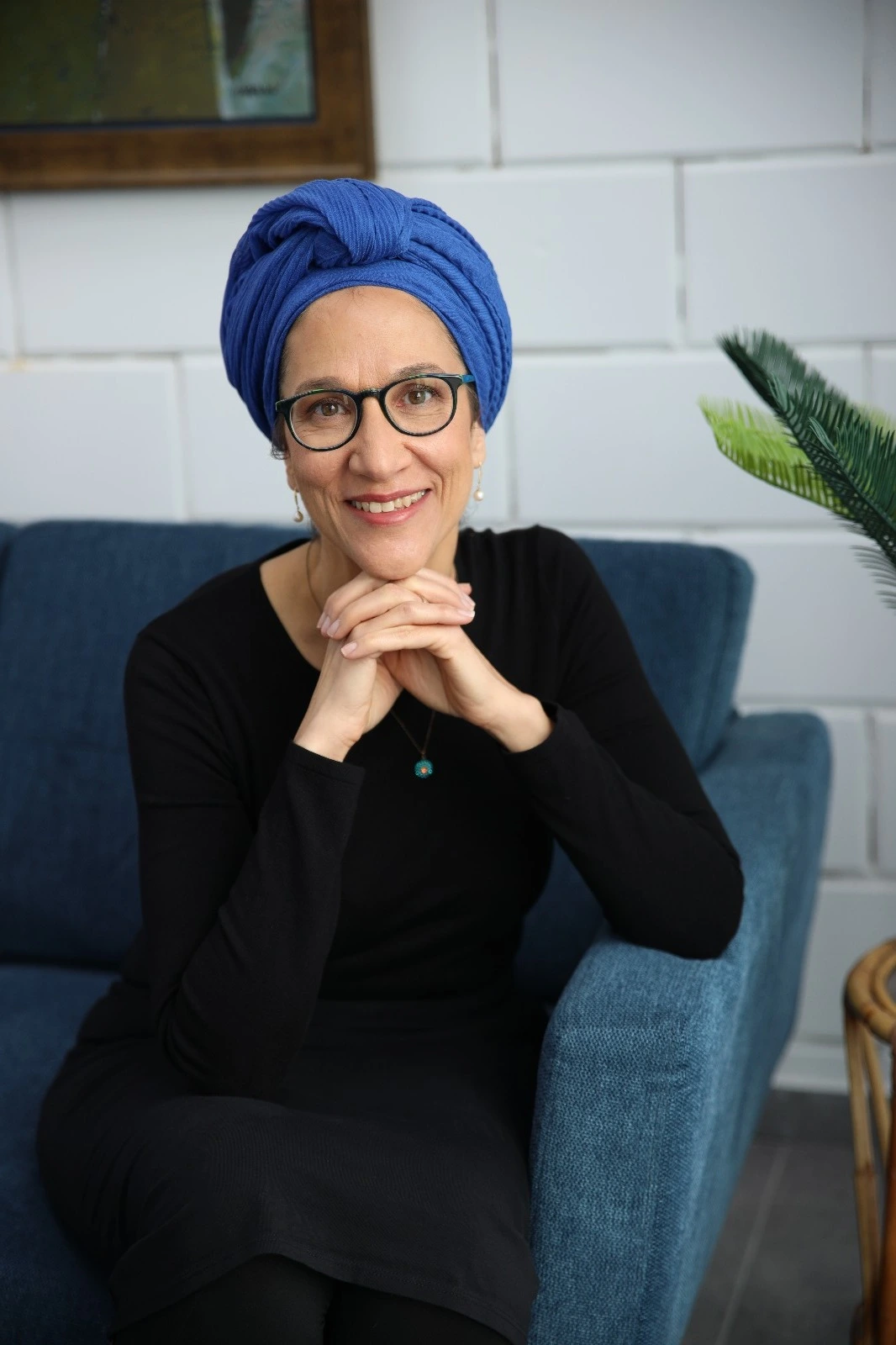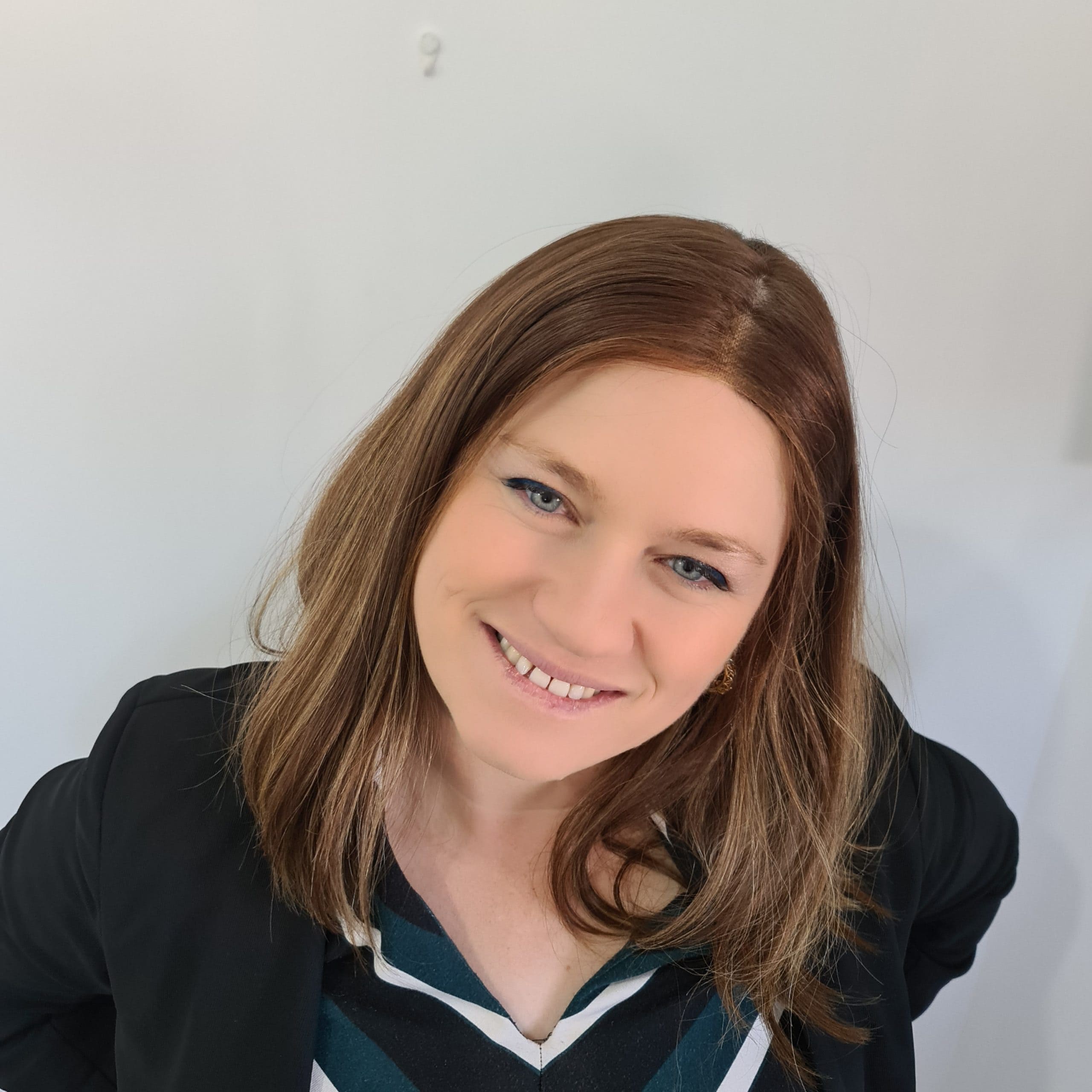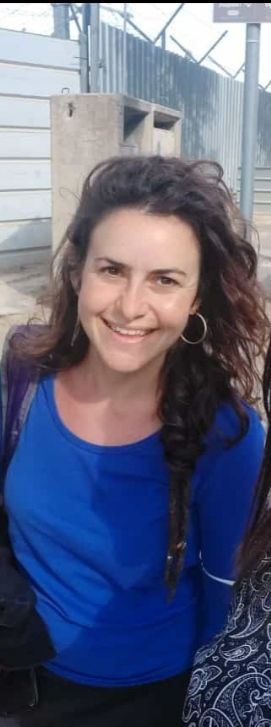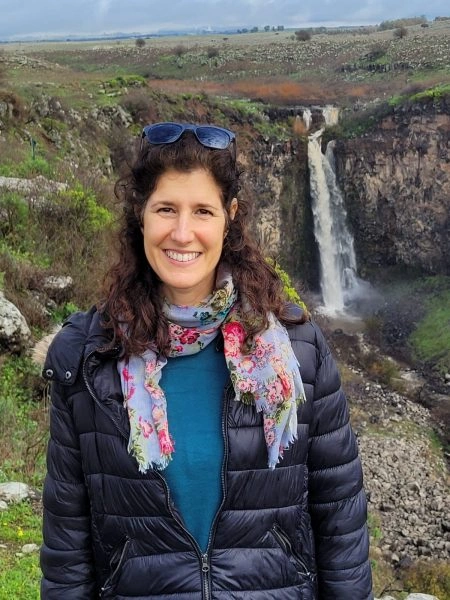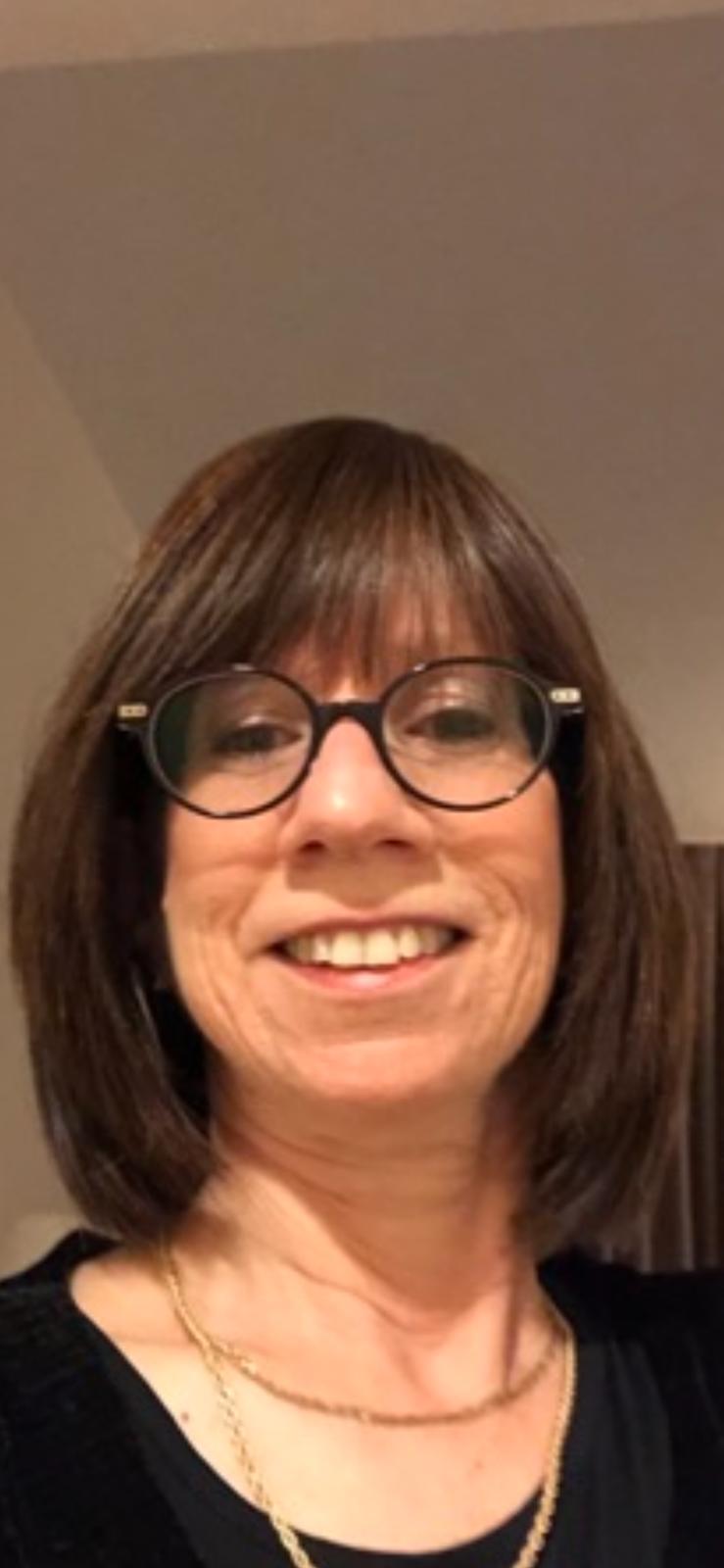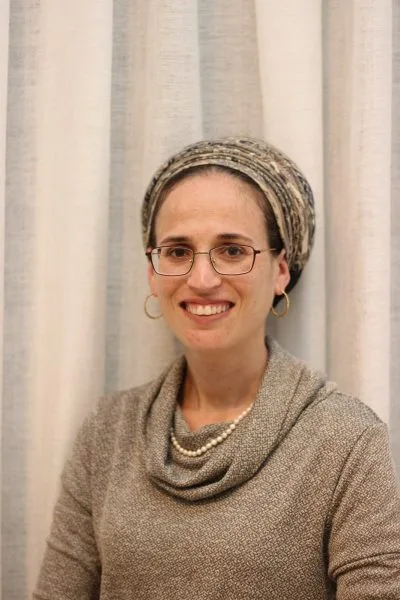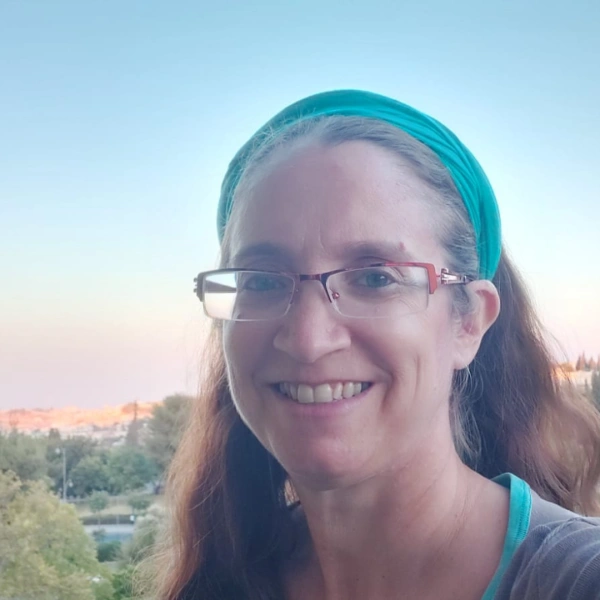בבא מציעא כ
שְׁמַע מִינַּהּ: אִיתַאּ לְדִשְׁמוּאֵל, דְּאָמַר שְׁמוּאֵל: הַמּוֹכֵר שְׁטַר חוֹב לַחֲבֵירוֹ, וְחָזַר וּמְחָלוֹ – מָחוּל, וַאֲפִילּוּ יוֹרֵשׁ מוֹחֵל.
Conclude from the fact that this suspicion is not taken into account that the halakha of Shmuel is accepted. As Shmuel says: In the case of one who sells a promissory note to another, and the seller then forgives the debt of the debtor, it is forgiven, since the debtor essentially had a non-transferable obligation to the creditor alone, and even the creditor’s heir can forgive the debt. Therefore, if the wife did engage in the deception mentioned above, it was within her rights, as she is able to forgive the debt of the marriage contract.
אַבָּיֵי אָמַר: אֲפִילּוּ תֵּימָא לֵיתַיהּ לְדִשְׁמוּאֵל, הָכָא בְּמַאי עָסְקִינַן – בְּשֶׁשְּׁטַר כְּתוּבָּה יוֹצֵא מִתַּחַת יָדָהּ. וְרָבָא אָמַר: אִי מִשּׁוּם שְׁטַר כְּתוּבָּה, חָיְישִׁינַן לִשְׁתֵּי כְתוּבּוֹת.
Abaye said: This is not conclusive proof. Even if you say that the halakha of Shmuel is not accepted, here we are dealing with a case where the marriage contract emerges from her possession, which indicates that she did not sell it. And Rava disagreed with Abaye and said: If the reason there is no suspicion that she sold her marriage contract is due to the fact that the marriage contract emerged from her possession, this reason is insufficient, as we should suspect that there might be two marriage contracts.
וְאַבָּיֵי אָמַר, חֲדָא: לִשְׁתֵּי כְתוּבּוֹת לָא חָיְישִׁינַן. וְעוֹד, שׁוֹבָר בִּזְמַנּוֹ טָרֵיף. אַבָּיֵי לְטַעְמֵיהּ, דְּאָמַר: עֵדָיו בַּחֲתוּמָיו זָכִין לוֹ.
And Abaye said in response: First, we are not concerned about the remote possibility of two marriage contracts. And furthermore, even if there is only one marriage contract, which was sold before the receipt was given to the husband, the receipt is valid, as a receipt can be used to repossess property from the time it was written, even if it was given on a later date. In saying this, Abaye conforms to his standard line of reasoning, as he says that once a monetary document is written for someone, the document’s witnesses, with their signatures, acquire it on his behalf.
מַתְנִי׳ מָצָא אִיגְּרוֹת שׁוּם וְאִיגְּרוֹת מָזוֹן, שְׁטָרֵי חֲלִיצָה וּמֵיאוּנִין, וּשְׁטָרֵי בֵירוּרִין, וְכׇל מַעֲשֵׂה בֵּית דִּין – הֲרֵי זֶה יַחְזִיר.
MISHNA: If one found documents of appraisal of a debtor’s property for the purpose of debt collection; or documents concerning food, which were drawn up when one accepted upon himself to provide sustenance for another; documents of ḥalitza; or documents of refusal of a girl upon reaching majority to remain married to the man to whom her mother or brothers married her as a minor after the death of her father; or documents of beirurin, a concept that will be explained in the Gemara; or any court enactment, e.g., a promissory note that has been authenticated by the court, in all of these cases, the finder must return the document to its presumed owner.
מָצָא בַּחֲפִיסָה אוֹ בִדְלוֹסְקָמָא, תַּכְרִיךְ שֶׁל שְׁטָרוֹת אוֹ אֲגוּדָּה שֶׁל שְׁטָרוֹת – הֲרֵי זֶה יַחְזִיר. וְכַמָּה אֲגוּדָּה שֶׁל שְׁטָרוֹת – שְׁלֹשָׁה קְשׁוּרִין זֶה בָּזֶה. רַבָּן שִׁמְעוֹן בֶּן גַּמְלִיאֵל אוֹמֵר: אֶחָד הַלֹּוֶה מִשְּׁלֹשָׁה – יַחְזִיר לַלֹּוֶה. שְׁלֹשָׁה הַלֹּוִין מִן הָאֶחָד – יַחְזִיר לַמַּלְוֶה.
If one found documents in a ḥafisa or in a deluskema, both of them types of containers, or if he found a roll of documents or a bundle of documents, he must return them. And how many documents are considered to be a bundle of documents? It is three that are tied together. Rabban Shimon ben Gamliel says: If the documents make reference to loans of one person who borrowed money from three people, the finder must return them to the debtor, as they were presumably in his possession before being lost. If the documents make reference to loans of three people who borrowed money from one person, he must return them to the creditor, as they were presumably in his possession before being lost.
מָצָא שְׁטָר בֵּין שְׁטָרוֹתָיו וְאֵינוֹ יוֹדֵעַ מָה טִיבוֹ – יְהֵא מוּנָּח עַד שֶׁיָּבוֹא אֵלִיָּהוּ. אִם יֵשׁ עִמָּהֶן סִמְפּוֹנוֹת, יַעֲשֶׂה מָה שֶׁבַּסִּמְפּוֹנוֹת.
If one found a document among his documents that were given to him by other people as a trustee, and he does not know what its nature is, i.e., he does not remember who gave it to him or whether the debt mentioned in it has been paid, the document is placed aside until Elijah the prophet comes and clarifies the issue through his prophecy. If there are cancellations of contracts [simponot] among them, he should do what is stated in the simponot.
גְּמָ׳ מַאי ״שְׁטָרֵי בֵירוּרִין״? הָכָא תַּרְגִּמוּ שְׁטָרֵי טַעֲנָתָא. רַבִּי יִרְמְיָה אָמַר: זֶה בּוֹרֵר לוֹ אֶחָד וְזֶה בּוֹרֵר לוֹ אֶחָד.
GEMARA: What is meant by documents of beirurin? Here, in Babylonia, the Sages interpret it to mean documents recording each litigant’s clarification [beirur] of his claims in a court case. Rabbi Yirmeya, who lived in Eretz Yisrael, said: It is referring to cases where this litigant chooses [borer] one judge, and that litigant chooses one judge, and they choose the third judge for the case. The two litigants sign a document in which they declare which judges they choose.
וְכׇל מַעֲשֵׂה בֵּית דִּין הֲרֵי זֶה יַחְזִיר. הָהוּא גִּיטָּא דְּאִשְׁתְּכַח בֵּי דִינָא דְּרַב הוּנָא, דַּהֲוָה כְּתִיב בֵּיהּ ״בִּשְׁוִירֵי מָתָא דְּעַל רָכִיס נַהֲרָא״. אֲמַר רַב הוּנָא:
§ The Gemara addresses that which the mishna states: And with regard to any court enactment, the one who found it must return it to its presumed owner. The Gemara relates: There was a certain bill of divorce that was found in the court of Rav Huna, in which it was written that the bill of divorce was written in Sheviri City, which is located on the Rakhis River. Rav Huna said about this:
חָיְישִׁינַן לִשְׁנֵי שְׁוִירֵי. אֲמַר לֵיהּ רַב חִסְדָּא לְרַבָּה: פּוֹק עַיֵּין, דִּלְאוּרְתָּא בָּעֵי לַהּ רַב הוּנָא מִינָּךְ. נְפַק דַּק וְאַשְׁכַּח, דִּתְנַן: כׇּל מַעֲשֵׂה בֵּית דִּין הֲרֵי זֶה יַחְזִיר.
We are concerned for the possibility that there are two cities named Sheviri, and that this bill of divorce may belong to someone else who lives in the other Sheviri, and therefore it should not be returned. Rav Ḥisda said to Rabba: Go out and examine this halakha, as in the evening Rav Huna will ask you about it. He went out, examined it, and discovered a relevant source, as we learned in the mishna: With regard to any court enactment, the one who found it must return it to its presumed owner. Since this bill of divorce was found in court, it belongs to this category and should be returned.
אֲמַר לֵיהּ רַב עַמְרָם לְרַבָּה: הֵיכִי פָּשֵׁיט מָר אִיסּוּרָא מִמָּמוֹנָא? אֲמַר לֵיהּ: תְּרָדָא, ״שְׁטָרֵי חֲלִיצָה וּמֵיאוּנִין״ תְּנַן.
Rav Amram said to Rabba: How can the Master resolve the halakha in the case of a bill of divorce, which is a ritual matter, from the mishna, which discusses monetary matters? Rabba said to him: Fool, we learned in the mishna that this halakha applies in the case of documents of ḥalitza and documents of refusal as well, which are ritual matters.
פְּקַע אַרְזָא דְּבֵי רַב. מָר אָמַר: מִשּׁוּם לַתַּאי דִּידִי פְּקַע. וּמָר אָמַר: מִשּׁוּם לַתַּאי דִּידִי פְּקַע.
At that point, the supporting cedar beam of the study hall dislodged. One Sage said: It was due to my fortune that it dislodged, as you spoke to me offensively, and the other Sage said: It was due to my fortune that it dislodged, as it was you who spoke to me offensively.
מָצָא בַּחֲפִיסָה אוֹ בִדְלוֹסְקָמָא. מַאי חֲפִיסָה? אָמַר רַבָּה בַּר בַּר חָנָה: חֵמֶת קְטַנָּה. מַאי דְּלוֹסְקָמָא? אָמַר רַבָּה בַּר שְׁמוּאֵל: טְלִיקָא דְסָבֵי.
§ The mishna teaches: If one found documents in a ḥafisa or in a deluskema, he must return them. The Gemara asks: What is a ḥafisa? Rabba bar bar Ḥana says: It is a small flask. What is a deluskema? Rabba bar Shmuel says: It is a container [telika] used by the elderly.
תַּכְרִיךְ שֶׁל שְׁטָרוֹת אוֹ אֲגוּדָּה שֶׁל שְׁטָרוֹת וְכוּ׳. תָּנוּ רַבָּנַן: כַּמָּה הוּא תַּכְרִיךְ שֶׁל שְׁטָרוֹת? שְׁלֹשָׁה כְּרוּכִין זֶה בָּזֶה. וְכַמָּה הִיא אֲגוּדָּה שֶׁל שְׁטָרוֹת? שְׁלֹשָׁה קְשׁוּרִין זֶה בָּזֶה.
The mishna teaches: If one found a roll of documents or a bundle of documents, he must return them. The Sages taught in a baraita: How many documents constitute a roll of documents? A roll is three documents rolled together. And how many constitute a bundle of documents? A bundle is three documents tied together.
שָׁמְעַתְּ מִינַּהּ קֶשֶׁר סִימָן.
The Gemara infers: Conclude from it that if one lost an item that has a knot, the type of knot can serve as a distinguishing mark by means of which the owner can describe the item, and it therefore must be returned to him.
הָא תָּנֵי רַבִּי חִיָּיא: שְׁלֹשָׁה כְּרוּכִין זֶה בָּזֶה.
The Gemara rejects this inference: Doesn’t Rabbi Ḥiyya teach that the reference is to three documents that are rolled together? The fact that they are rolled together is what serves as a distinguishing mark, rather than the knots.
אִי הָכִי, הַיְינוּ תַּכְרִיךְ? תַּכְרִיךְ כֹּל חַד וְחַד בְּרֵאשֵׁהּ דְּחַבְרֵיהּ, אֲגוּדָּה דִּרְמוּ אַהֲדָדֵי (וּכְרוּכוֹת).
The Gemara asks: If so, this case is identical to the case of a roll of documents, which is also mentioned in the mishna. What is the difference between a roll and a bundle? The Gemara answers: A roll is referring to a case where each and every one of the documents is located at the top of another one, i.e., they are rolled together such that the top of each page is near the bottom of the previous page. A bundle, by contrast, is referring to a case where they are located one on top of the other and rolled together.
מַאי מַכְרִיז, מִנְיָן?
The Gemara asks: What does the person who found the documents proclaim so that the owner can claim it? The Gemara answers: He proclaims the number of documents that he found, and the owner can describe them by saying that they were rolled together.
מַאי אִרְיָא תְּלָתָא אֲפִילּוּ תְּרֵין נָמֵי!
The Gemara asks: If so, why does the tanna teach specifically a case of three documents? Even if two documents are found, they can also be returned in this manner.
אֶלָּא כִּדְאָמַר רָבִינָא: טִבְעָא מַכְרֵיז, הָכָא נָמֵי ״שְׁטָרֵי״ מַכְרֵיז.
Rather, the finder proclaims his find in a manner similar to that which Ravina said: If one finds coins, he simply proclaims that he found coins, without specifying the number. Here too, the finder proclaims that he found documents, and the owner describes them by both their exact number and the fact that they were rolled together. Therefore, if there are only two documents the description is deficient, as the number two is already implicit in the finder’s proclamation that he found documents, which is plural.
רַבָּן שִׁמְעוֹן בֶּן גַּמְלִיאֵל אוֹמֵר: אֶחָד הַלֹּוֶה מִשְּׁלֹשָׁה יַחְזִיר לַלֹּוֶה וְכוּ׳. דְּאִי סָלְקָא דַעְתָּךְ דְּמַלְוִין נִינְהוּ, מַאי בָּעוּ גַּבֵּי הֲדָדֵי?
§ The mishna teaches that Rabban Shimon ben Gamliel says: If one finds three promissory notes that make reference to the loans of one person who borrowed from three people, he must return them to the debtor. The Gemara explains: The reason for this is that if it enters your mind that these promissory notes belong to the creditors, what are they doing together in one place?
דִּלְמָא לְקַיּוֹמִינְהוּ אָזְלִי? דִּמְקַיְּימִי.
The Gemara suggests: Perhaps the three creditors all went to court in order to ratify their promissory notes, and the notes were lost together there. The Gemara responds that the mishna is referring to a case where the promissory notes are ratified.
דִּלְמָא מִידָא דְסָפְרָא נְפֻל? לָא מְשַׁהֵי אִינִישׁ קִיּוּמֵיהּ בִּידָא דְסָפְרָא.
The Gemara asks: Perhaps they fell from the hand of the scribe of the court after he ratified them. The Gemara answers: A person does not leave his ratified promissory note in the possession of the scribe. Therefore, the most likely scenario is that the promissory notes were lost by the debtor.
שְׁלֹשָׁה שֶׁלָּווּ מֵאֶחָד יַחְזִיר לַמַּלְוֶה וְכוּ׳. דְּאִי סָלְקָא דַעְתָּךְ דְּלֹוִין נִינְהוּ, מַאי בָּעוּ גַּבֵּי הֲדָדֵי?
§ The mishna teaches: If the promissory notes make reference to the loans of three people who borrowed from one person, the one who found them must return them to the creditor. The Gemara explains: The reason for this is that if it enters your mind that these promissory notes belong to the debtors, what are they doing together?
דִּלְמָא לְמִכְתְּבִנְהוּ אֲזֻל? דִּכְתִיבִי בִּתְלָת יְדֵי סָפְרֵי.
The Gemara asks: Perhaps the three went to one scribe to write the promissory notes, and the notes were then lost together. The Gemara answers that the mishna is referring to a case where the promissory notes are written in the handwriting of three different scribes.
וְדִלְמָא לְקַיּוֹמִינְהוּ אֲזֻל? מַלְוֶה מְקַיֵּים שְׁטָרֵיהּ, לֹוֶה לָא מְקַיֵּים שְׁטָרֵיהּ.
The Gemara suggests: And perhaps the three debtors went to the court in order to ratify the promissory notes, and they lost them there. The Gemara answers: It is the creditor who ratifies his promissory note; the debtor does not ratify his promissory note.
אִם יֵשׁ עִמָּהֶן סִמְפּוֹנוֹת – יַעֲשֶׂה מָה שֶׁבַּסִּמְפּוֹנוֹת. אָמַר רַב יִרְמְיָה בַּר אַבָּא אָמַר רַב: סִמְפּוֹן הַיּוֹצֵא מִתַּחַת יְדֵי מַלְוֶה, אַף עַל פִּי שֶׁכָּתוּב בִּכְתַב יָדוֹ – אֵינוֹ אֶלָּא כִּמְשַׂחֵק, וּפָסוּל.
§ The mishna teaches: If there are cancellations of contracts [simponot] among one’s documents, he should do what is stated in the simponot. The Gemara cites that which Rav Yirmeya bar Abba says that Rav says: With regard to a simpon that emerges from the possession of a creditor, even if it is written in his own handwriting and is clearly not forged, it is considered as though he were merely jesting and the simpon is invalid.
לָא מִבַּעְיָא כָּתוּב בִּכְתַב יַד סוֹפֵר, דְּאִיכָּא לְמֵימַר סָפְרָא אִתְרְמִי לֵיהּ וּכְתַב, אֶלָּא אֲפִילּוּ כָּתוּב בִּכְתַב יָדוֹ פָּסוּל. סָבַר דִּלְמָא מִתְרְמֵי וְאָתֵי בֵּין הַשְּׁמָשׁוֹת וְקָא פָרַע לִי, דְּאִי לָא יָהֵיבְנָא לֵיהּ לָא יָהֵיב לִי זוּזֵי, אֶכְתּוֹב אֲנָא דְּכִי (אַיְיתַי) [מַיְיתֵי] לִי זוּזַי אֶתֵּן לֵיהּ.
The Gemara explains: It is not necessary to state this halakha in a case where it is written in the handwriting of a scribe, as it can be said that he happened to have an opportunity to have the scribe write the simpon, and therefore he had him write it before the debt was repaid. But even in a case where it is written in the handwriting of the creditor it is invalid. The creditor may have written the simpon himself before the debt was repaid, thinking: Perhaps the debtor will happen to come at twilight on the eve of Shabbat and wish to repay me. I should prepare a document of cancellation, as, if I do not give him one, he will not give me the money. I will therefore write the document now, so that when he brings me the money, I will give it to him.
תְּנַן: אִם יֵשׁ עִמָּהֶן סִמְפּוֹנוֹת, יַעֲשֶׂה מָה שֶׁבְּסִמְפּוֹנוֹת.
The Gemara challenges the statement of Rav based on that which we learned in the mishna: If there are simponot among one’s documents, he should do what is stated in the simponot. This is apparently referring to simponot that are in the possession of the creditor.
כִּדְאָמַר רַב סָפְרָא: שֶׁנִּמְצָא בֵּין שְׁטָרוֹת קְרוּעִין, הָכָא נָמֵי שֶׁמְּצָאוֹ בֵּין שְׁטָרוֹת קְרוּעִין.
The Gemara answers that the mishna is to be understood in accordance with that which Rav Safra said in response to another difficulty: It is referring to a case where the simpon was found among torn documents. This indicates that the simpon is valid, as had the debt not been repaid, the creditor would not have put the simpon note among torn documents. Here too, the mishna is referring to a case where the simpon was found among torn documents.
תָּא שְׁמַע: נִמְצָא לְאֶחָד בֵּין שְׁטָרוֹתָיו שְׁטָרוֹ שֶׁל יוֹסֵף בֶּן שִׁמְעוֹן פָּרוּעַ – שְׁטָרוֹת שְׁנֵיהֶם פְּרוּעִין!
Come and hear another challenge to Rav’s statement from a mishna (Bava Batra 172a): If one found among his documents a simpon that says: The debt mentioned in the promissory note of Yosef ben Shimon is repaid, and there are two people by that name who owe him money, the debts mentioned in the promissory notes of both of them are considered repaid, as each can claim that the cancellation is referring to his debt, and the burden of proof rests upon the creditor. Apparently, a simpon that is found in the possession of the creditor is valid.
כִּדְאָמַר רַב סָפְרָא: שֶׁנִּמְצָא בֵּין שְׁטָרוֹת קְרוּעִין, הָכָא נָמֵי שֶׁנִּמְצָא בֵּין שְׁטָרוֹת קְרוּעִין.
The Gemara answers that this mishna, too, is to be understood in accordance with that which Rav Safra said in response to another difficulty: It is referring to a case where the simpon was found among torn documents. Here too, the mishna is referring to a case where the simpon was found among torn documents.
תָּא שְׁמַע: ״שְׁבוּעָה שֶׁלֹּא פְּקָדַנוּ אַבָּא, וְשֶׁלֹּא אָמַר לָנוּ אַבָּא, וְשֶׁלֹּא מָצָאנוּ בֵּין שְׁטָרוֹתָיו שֶׁל אַבָּא שֶׁשְּׁטָר זֶה פָּרוּעַ״.
Come and hear another challenge to Rav’s statement from a mishna (Shevuot 45a): If orphans who inherited their father’s property demand repayment of a debt owed to their father from the orphans of the debtor, they are required to take an oath stating: We take an oath that our father did not instruct us on his deathbed that the debt mentioned in this promissory note was repaid and it should be returned to the debtor, nor did our father say to us on an earlier date that it was repaid, nor did we find among the documents of our father a simpon stating that this promissory note was repaid. This too, seems to indicate that a simpon is valid even if it is found in the possession of the creditor.
אָמַר רַב סָפְרָא: שֶׁנִּמְצָא בֵּין שְׁטָרוֹת קְרוּעִין.
The Gemara answers by citing the statement of Rav Safra, who said in this context that this reference is to a case where the simpon was found among torn documents.
תָּא שְׁמַע: סִמְפּוֹן שֶׁיֵּשׁ עָלָיו עֵדִים יִתְקַיֵּים בְּחוֹתְמָיו. אֵימָא ״יִתְקַיֵּים מֵחוֹתְמָיו״!
Come and hear another challenge from a baraita: A simpon upon which witnesses are signed is ratified by means of its signatories. The court verifies the validity of the witnesses’ signatures and thereby ratifies the document. This too seems to include a simpon that is in the possession of the creditor. The Gemara answers: Say that the baraita reads: Is ratified by obtaining confirmation from its signatories,




















